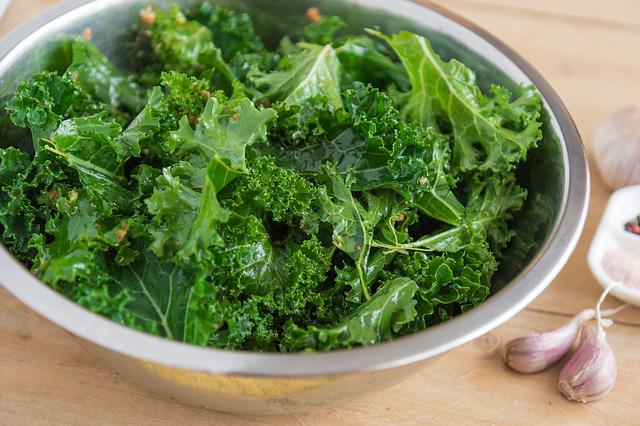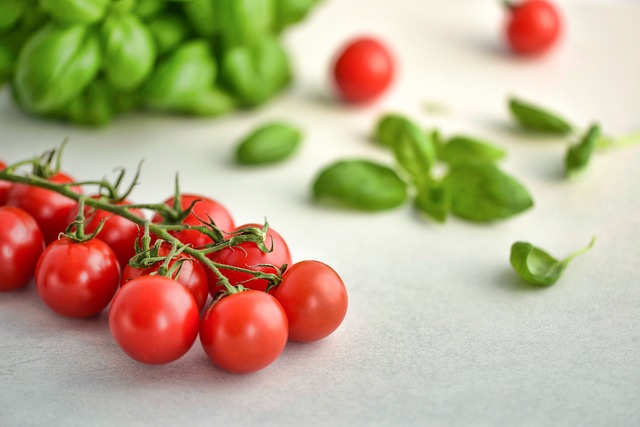“Healthy eating” is different for everyone, but the ultimate goal is to develop a pattern of consuming foods and beverages that provide you with the nutrients you need to maintain your overall Health.
Having a balanced and healthy diet is one of the most crucial things you need to preserve your maximum Health. This can help adults avoid chronic disorders like heart disease and diabetes, as well as aid those who are already chronically ill in managing their ailments.
So, how can you get started eating healthy—and keep it up in the long run? Experts recommend the following ways for doing just that.
Begin slowly.
When you’re just beginning out on your nutritional adventure, chances are you won’t know everything there is to know about healthy eating: there’s a lot to learn, after all.
To that end, registered dietitian Trista Best, LD, suggests starting slowly. Making one to two tiny modifications to your diet at a time is a solid method to start eating healthily in a way that won’t overwhelm you.


You can achieve the same thing by experimenting with different nutritious foods. “One strategy is to try a new veggie every week,” Best explained to Health. “Choose a new veggie to try and look up a new dish to include in a meal. If you are able to do this once a week, or even once a month, you’ll end the year with a variety of new nutritious foods and recipes that you didn’t know you enjoyed.”
Keep Track of Your Consumption
You may discover that you are eating less healthily than you intended.
According to registered dietitian Lisa DeFazio, RD, writing down your dietary choices is one approach to becoming more attentive to them.
Make a list of why you want or need to eat healthy (reduce weight, lower cholesterol, enhance energy, improve emotions, and so on), and read your list every day,” DeFazio advised. “Track your intake using an app like MyFitnessPal to ensure you’re receiving enough nutrition.”
When you take the time to document what you consume, you might be shocked at what you discover. Talk to your healthcare practitioner or obtain a referral to a nutritionist to figure out what your optimum intake should be in the first place.
You can also obtain a primer from the U.S. Department of Agriculture’s (USDA) MyPlate Plan, which is a personalized food plan for your age, gender, height, weight, and level of physical activity that shows you what and how much to consume.
Reduce your intake of ultra-processed foods.
Pre-made foods can be useful, especially when juggling work, family, and other responsibilities. However, ultra-processed meals have been linked to poor nutritional diet quality, obesity, and other health problems.
According to registered dietitian Summer Yule, RD, ultra-processed foods make it difficult to control your food intake due to several portions in one package or an abundance of less-than-healthy ingredients.
“Ultra-processed foods are highly processed and created in such a way that they are really easy to overeat,” Yule explained. “For eStore-bought cookies, sugary breakfast cereals, frozen corn dogs, and other similar convenience items are examples. These foods are frequently heavy in added sugar, white flour, and/or added oils, and provide few vitamins and minerals while giving a lot of calories.”
Meal planning might assist in sparking your decision to eat healthier. Make the following your default entire foods and meals that you prepare yourself: As a result, eating more healthier meals rather than ultra-processed foods may become simpler with time.
Also, while chopped and frozen vegetables, canned beans, and shelled pistachios have been processed, they are still whole foods, according to this recommendation.
Consume More Plants
The advantages of a plant-based diet, such as vegetarianism or veganism, are extensively recognized. Vegetarians, for example, have higher quantities of healthful fats, antioxidants, and anti-inflammatory substances in their bodies than non-vegetarians, according to research.
For example, This is “likely because [vegans] consume more produce and other full, plant-based diets,” according to Health nutrition editor Cynthia Sass, RD.
Eating a more plant-based diet may so be one strategy to begin eating better. If you follow this technique, remember that you don’t need to be a vegan or vegetarian to get health benefits. The flexitarian diet, which is largely vegetarian but includes animal protein on occasion, was selected as one of the best diets by U.S. News & World Report.
“Keep in mind that it is not all or nothing. This viewpoint can be intimidating and lead to failure,” Best stated. “Try veganizing one of your favorite non-vegan meals by swapping out part of the ingredients, such as tofu tacos for beef.” With this technique, you may discover that you are not only eating healthier but also exploring new cuisine.
Maintain a Healthy Plate
Another strategy to begin eating healthy is to consider what’s on your plate. It is critical that you consume a variety of foods. According to DeFazio, some foods should play a big role in your diet at every meal.
“Fruits and vegetables should form the cornerstone of your diet; we recommend half of your plate should be veggies,” DeFazio stated. In addition to one serving of fruit at each meal, DeFazio suggested including lean protein on your plate.
Your breakfast should be an ounce of turkey bacon, nut butter, cottage cheese, or an egg for protein. During lunch and dinner, protein should account for about a quarter of your plate; aim for 3 to 4 ounces of skinless chicken breast or fish. If you’re wondering what three ounces look like, it’s around the size of a deck of cards.
Make Reasonable Changes
Some foods, such as those heavy in sodium or added sugars, should be consumed in moderation.
White flour, which is present in many baked items and bread, is another food to consume in moderation. Fortunately, Yule offers a helpful idea for limiting your consumption of white flour: Substitute whole grains or veggie replacements for a major portion of it (or other simpler carbs).
“Use cauliflower rice instead of white rice. Replace white flour pasta with legume pasta. And eat sandwich contents in a lettuce wrap,” Yule says. “These substitutions allow you to eat more vegetables while eating less white flour. It’s a win-win situation!”
You may also substitute mayonnaise for mustard and make your pasta with spiralized vegetarian noodles. You might also substitute sparkling water for soda and olive oil for butter.
Experiment with Volume Eating.
Looking for a healthy eating plan that doesn’t require calorie monitoring or a restrictive mindset? If so, Best suggests that volume eating may be suitable for you.
“Volume eating” is an interesting and relatively new concept for eating a balanced, nutrient-dense, low-calorie meal pattern without compromising hunger, according to Best. “Essentially, the consumer consumes enormous quantities of low-calorie density food.” Volume eating has also been linked to weight loss in studies.
Volume eating has also aided Best in her personal healthy eating journey, allowing her to lose weight and enhance her general well-being. The diet has also been declared one of the finest for 2022.
Don’t Give Up Carbs and Fats
Carbohydrates and fats are, without a doubt, two foods that have received a bad rap throughout the years. The concept that these meals are “bad” for you has spread over time. But, according to DeFazio, this is not the case.
“You need carbohydrates at every meal for energy, as eliminating carbs leads to overeating and sugar cravings,” DeFazio added. “Aim for around one cup of cooked starch per meal, such as oatmeal, rice, sweet potatoes, couscous, or pasta—whole grain if feasible.”
DeFazio also recommended including a dish of healthy fats at each meal, such as nut butter, avocado, or olive oil. Consuming healthy fats lowers your risk of heart disease, artery hardening, and stroke, as well as your blood pressure, triglycerides, and “bad” cholesterol. In contrast, your “good” cholesterol will increase.
Increase Your Water Consumption
If you’re looking for healthier eating habits, you should also consider drinking healthier. Drinking adequate water, after all, can help you regulate your temperature, eliminate waste, and protect your spine and joints.

So, make sure you’re receiving enough water each day, either by drinking additional water (e.g., by adding lemon to a glass of water) or by eating water-rich meals.
You can also start increasing your intake by replacing soda and sugar-sweetened beverages in your diet with water, according to Yule. Because of their added sugar content and relationship with health concerns, sugar-sweetened beverages should be used in moderation (e.g., diabetes, weight gain, gout).
Prepare Yourself for Success
It takes time and energy to begin eating correctly, which is one of the reasons it can be tough. That’s why easy foods are so appealing, especially when you’re tired or run down. DeFazio, on the other hand, has some excellent advice for getting started with healthy eating.
You need a well-stocked fridge and pantry so you have healthy options in the house. When you have time, make large batches of rice and chicken or fish to have dinner ready on hectic days.
DeFazio also suggested preparing meals on a sheet pan. You can prepare lean protein and vegetables ahead of time and keep them in the fridge, then bake them when you come home from work on a sheet pan. When you sit down to a nutritious, delicious evening supper, you’ll be thanking your former self.
To Conclude
It is vital to eat healthily. It might be overwhelming for some, but there are numerous modifications you may make on your path to healthy eating. Methods such as being careful of what you consume and switching your food and beverage selections are among the adjustments.
Begin slowly with those and other changes, and look for methods to set yourself up for success. If you’re having trouble eating healthy, seek advice from a healthcare practitioner or a mental health expert.

